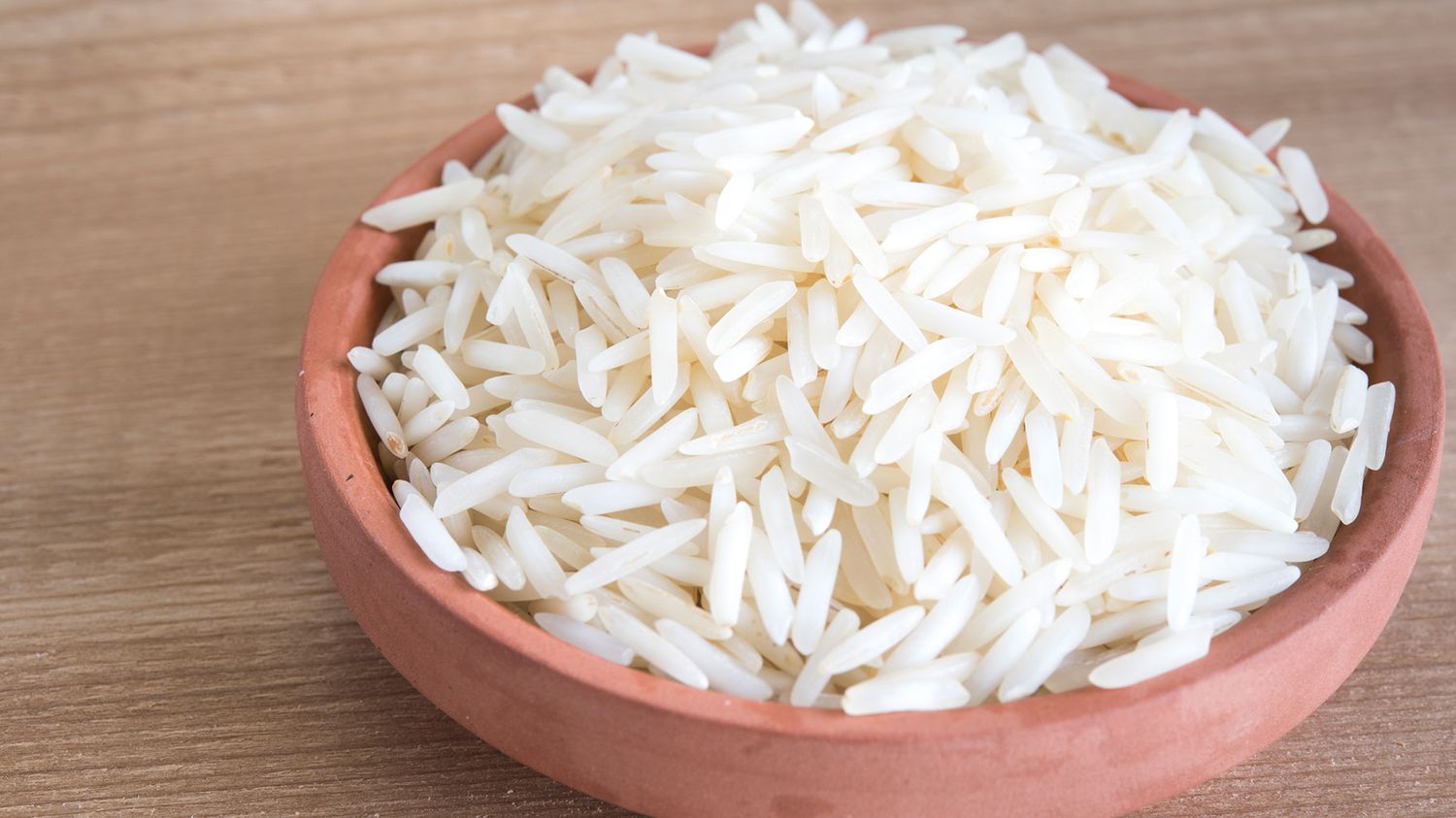

Articles
How To Store White Rice
Modified: April 23, 2024
Discover the best ways to store white rice in this informative article. Keep your rice fresh and flavorful for longer with these storage tips.
(Many of the links in this article redirect to a specific reviewed product. Your purchase of these products through affiliate links helps to generate commission for Storables.com, at no extra cost. Learn more)
Introduction
White rice is a staple food in many households around the world. It’s versatile, easy to cook, and pairs well with a wide variety of dishes. However, improper storage can lead to spoilage, loss of flavor, and the growth of pests. Understanding how to store white rice properly is essential for maintaining its quality and extending its shelf life.
In this article, we will explore the importance of proper storage for white rice and provide practical tips on how to achieve optimal conditions. Whether you buy rice in bulk or prefer smaller quantities, these guidelines will help you ensure that your white rice stays fresh and ready to be enjoyed for months to come.
Key Takeaways:
- Proper storage of white rice is crucial for maintaining its freshness, flavor, and nutritional value. By choosing the right container, keeping rice dry, and protecting it from pests, you can ensure its optimal condition for an extended period.
- Storing cooked rice is just as important as storing uncooked rice. Cool, refrigerate, and consume cooked rice within 3-5 days to maintain its texture and taste. Consider freezing for longer storage, but ensure proper thawing and reheating before consumption.
Read more: How To Cook White Rice In A Rice Cooker
Importance of Proper Storage
Proper storage of white rice is crucial for maintaining its freshness, flavor, and nutritional value. Without adequate protection, rice can easily become stale, lose its taste, and even become infested with pests. Here are a few reasons why proper storage is essential:
- Preserve Quality: By storing white rice properly, you can ensure that it maintains its quality over time. Proper storage helps prevent the rice from absorbing moisture and developing a damp, clumpy texture.
- Prevent Spoilage: Storing white rice in optimal conditions helps prevent spoilage caused by mold or bacteria. Rice that is exposed to moisture or fluctuating temperatures is more likely to spoil and become unsafe for consumption.
- Ensure Nutritional Value: White rice is a good source of carbohydrates and essential nutrients. However, improper storage can lead to nutrient loss, particularly when exposed to heat, light, or air. By storing rice properly, you can help preserve its nutritional value.
- Cost Savings: Buying rice in bulk or large quantities can save money, but only if it is stored correctly. Proper storage ensures that rice remains fresh for extended periods, reducing the need for frequent purchases and preventing waste.
- Convenience: Having properly stored rice means you always have a readily available ingredient to use in your favorite recipes. It eliminates the need for last-minute grocery store runs and ensures that you always have a pantry staple on hand.
Now that we understand the importance of proper storage, let’s explore the key steps to ensure that your white rice remains in optimal condition.
Choosing the Right Container
Selecting the right container for storing white rice is essential to maintain its quality and protect it from external factors. Here are some factors to consider when choosing a storage container:
- Airtight and Moisture-Proof: Look for containers that are airtight and moisture-proof. This helps prevent exposure to air and moisture, which can lead to spoilage and the growth of mold or bacteria. Containers with rubber gaskets or tight-fitting lids are ideal for keeping rice fresh.
- Material: Choose containers made from food-grade materials such as plastic, glass, or metal. These materials are safe and do not react with the rice, preserving its flavor and quality. Clear containers made of glass or transparent plastic allow you to easily see the quantity and condition of the rice.
- Size: Consider the amount of rice you typically use and buy containers that can accommodate your needs. It’s better to choose multiple smaller containers if you use different types of rice or prefer to store them separately.
- Stackable: If space is a concern, opt for stackable containers. This allows you to maximize your storage area and keep your pantry or kitchen organized.
- Labeling: Use labels or marker pens to indicate the type of rice, date of storage, and any other relevant information on the containers. This helps you easily identify the rice and maintain a rotation system.
When storing rice for long periods, it is recommended to transfer the rice from its original packaging to a suitable container. The original packaging may not always be moisture-proof, and transferring the rice ensures better protection against external elements.
Now that we’ve covered the importance of choosing the right container, let’s move on to the next step: keeping the rice dry.
Keeping Rice Dry
One of the key factors in storing white rice is keeping it dry. Moisture is the enemy of rice, as it can lead to spoilage, clumping, and the growth of mold or bacteria. Here are some tips to help keep your rice dry:
- Dry Storage Area: Choose a cool, dry, and well-ventilated area to store your rice. Moisture and humidity can be detrimental to the quality and shelf life of rice. Avoid storing it near the sink, dishwasher, or any other source of moisture in your kitchen.
- Use Silica Gel Packets: Place silica gel packets, which absorb moisture, in the storage container with the rice. These packets help maintain a dry environment and prevent the rice from becoming damp or clumpy.
- Avoid Condensation: Make sure the rice is at room temperature before transferring it to a container. This prevents condensation from forming inside the container, which can introduce moisture and compromise the quality of the rice.
- Sealed Bags: If you have rice in bags or sacks, ensure they are properly sealed. Consider using airtight resealable bags or sealing them with a heat sealer to prevent moisture from seeping in.
- Rotate Rice: Use the “first in, first out” method when storing rice. This means using the older rice before the newer stock. By rotating your rice supply, you can ensure that older rice doesn’t sit unused for an extended period, reducing the risk of it becoming stale or spoiled.
- Avoid Freezing: While freezing can be used as a short-term storage solution, it is not recommended for long-term storage of white rice. Freezing can cause changes in texture and affect the quality of the rice when it thaws.
By implementing these tips, you can maintain the dryness of your white rice, ensuring its freshness and quality for an extended period.
Next, we will discuss how to protect white rice from pests.
Protecting Against Pests
Pests such as insects and rodents can cause significant damage to stored white rice. To protect your rice from infestation, follow these guidelines:
- Inspect and Clean: Before storing rice, inspect it for any signs of infestation. Look for holes, webbing, or beetles that may indicate the presence of pests. If you find any contaminated rice, discard it immediately to prevent the infestation from spreading.
- Tightly Seal Containers: Ensure that the containers used for storing rice are tightly sealed and have no gaps or openings that pests can enter through. This prevents insects or rodents from accessing your rice supply.
- Use Pest-Repellent Materials: Consider adding pest-repellent materials such as bay leaves, neem leaves, or dried chili peppers to your storage container. These natural deterrents can help keep pests away from the rice.
- Avoid Mixing Contaminated Rice: If you have contaminated rice, do not mix it with uncontaminated rice. Separate the affected rice and dispose of it properly to prevent the spread of pests.
- Frequent Inspection: Regularly check your stored rice for any signs of pests. Be on the lookout for insects, webs, or droppings. If you notice any infestation, take immediate action to address the issue.
- Clean Storage Area: Keep the storage area clean and free from food debris that might attract pests. Sweep or vacuum regularly to eliminate any potential food sources for pests.
By following these preventive measures, you can safeguard your rice from pests and maintain its quality for an extended period.
Next, let’s discuss how to avoid temperature fluctuations when storing white rice.
Store white rice in an airtight container in a cool, dry place, away from sunlight and moisture. This will help prevent the rice from spoiling and maintain its quality for a longer period of time.
Read more: How To Make White Rice Without Rice Cooker
Avoiding Temperature Fluctuations
Temperature fluctuations can have a negative impact on the quality and shelf life of stored white rice. It’s important to store rice in a stable environment to maintain its freshness and prevent issues such as spoilage or the growth of mold. Here are some tips to avoid temperature fluctuations:
- Choose a Cool Location: Store your white rice in a cool area of your home, away from direct sunlight and heat sources. Avoid storing it near stoves, ovens, or heating vents, as the fluctuating temperatures can cause condensation or spoilage.
- Avoid Extreme Temperatures: High heat or extreme cold can affect the quality and texture of white rice. Avoid storing rice in areas with temperatures above 90°F (32°C) or below 40°F (4°C).
- Consistent Temperature: Ensure that the storage location maintains a consistent temperature throughout the year. Rapid temperature changes can cause moisture buildup, leading to spoilage or the proliferation of mold.
- Monitor External Sources: Be aware of any external sources of heat or cold that may affect the storage area. For example, ensure that the room temperature doesn’t fluctuate significantly due to open windows or heating/cooling systems.
- Avoid Opening Containers Frequently: Opening the storage containers frequently exposes the rice to varying temperatures and increases the risk of moisture entering the container. Minimize opening the containers unnecessarily to maintain a stable environment.
- Properly Insulate: If you live in an area with extreme temperatures, consider insulating the storage area to help maintain a stable temperature. This can help protect your rice from temperature fluctuations.
By taking these measures, you can ensure that your white rice remains in optimal condition by avoiding temperature fluctuations that can compromise its quality.
Next, let’s explore the importance of avoiding exposure to light when storing white rice.
Avoiding Exposure to Light
Exposure to light can negatively impact the quality, flavor, and nutritional value of white rice. Sunlight and artificial light sources can cause the rice to age faster and lose its freshness. To avoid these issues, follow these tips to protect your white rice from light exposure:
- Choose Opaque Containers: Store your white rice in opaque containers that block out light. This helps to prevent the rice from being exposed to sunlight or artificial light sources that can degrade its quality.
- Avoid Transparent Packaging: When purchasing white rice, avoid transparent packaging that can expose the rice to light. Opt for brands that use opaque or UV-resistant packaging to ensure the rice remains protected.
- Use Dark Storage Areas: Keep your rice containers in dark storage areas, such as the pantry or a cupboard. These areas offer natural protection from light and help preserve the quality of the rice.
- Avoid Displaying Rice: Minimize the practice of displaying rice in glass jars or open containers on countertops. While it may appear visually pleasing, it exposes the rice to light, which can lead to deterioration in quality.
- Keep Storage Area Dark: Ensure that the storage area itself is not exposed to direct sunlight. Choose a pantry or cupboard away from windows or areas with excessive light to maintain a dark environment for the rice.
- Store Rice Away from Light Sources: Keep your white rice containers away from light sources in your kitchen, such as lamps or overhead lights. Position them in shaded areas to minimize exposure to light.
By taking these precautions, you can protect your white rice from light exposure and ensure that it remains fresh, flavorful, and high in nutritional value for a longer period.
Now that we’ve covered the importance of avoiding light exposure, let’s discuss the storage of cooked rice.
Storing Cooked Rice
Properly storing cooked rice is just as important as storing uncooked rice. If not stored correctly, cooked rice can quickly spoil and become a breeding ground for bacteria. Here are some guidelines to follow when storing cooked rice:
- Cool the Rice: Allow the cooked rice to cool down before storing it. This helps prevent condensation and the growth of bacteria. It’s best to cool the rice quickly by spreading it out on a large shallow tray or using a cooling rack.
- Refrigerate Promptly: Place the cooled cooked rice in an airtight container and refrigerate it promptly. The refrigerator should be set at a temperature of 40°F (4°C) or below. Keeping the rice cold slows down bacterial growth.
- Use within 3-5 Days: Cooked rice should be consumed within 3-5 days. Discard any leftovers after this timeframe to ensure food safety. Avoid prolonged storage, as the quality and flavor of the rice can deteriorate.
- Avoid Reheating Multiple Times: To prevent bacterial growth, it’s best to reheat cooked rice only once. If you have leftovers, reheat only the portion you need rather than reheating the entire batch multiple times.
- Freezing: If you need to store cooked rice for a longer period, freezing is an option. Allow the rice to cool completely before transferring it to a freezer-safe container or freezer bag. Frozen cooked rice can last for up to 6 months.
- Thawing and Reheating: When ready to use frozen cooked rice, thaw it in the refrigerator overnight. Reheat the thawed rice thoroughly to an internal temperature of 165°F (74°C) before consuming.
These guidelines will help you store cooked rice safely and maintain its texture and taste. Remember, when in doubt, it’s always best to discard any cooked rice that you suspect may have been stored improperly or for too long.
Now that we’ve covered the storage of both uncooked and cooked rice, let’s summarize what we’ve learned.
Conclusion
Properly storing white rice is essential for maintaining its freshness, flavor, and nutritional value. By following the guidelines outlined in this article, you can ensure that your rice remains in optimal condition for an extended period. Here are the key takeaways:
- Choose airtight and moisture-proof containers to protect white rice from air and moisture.
- Store rice in a cool, dry, and well-ventilated area to prevent spoilage.
- Protect rice from pests by inspecting, sealing containers, and using natural pest-repellent materials.
- Avoid temperature fluctuations by storing rice in a stable environment away from heat or cold sources.
- Shield rice from light exposure by using opaque containers and storing them in dark areas.
- Properly store cooked rice by cooling it, refrigerating promptly, and consuming within 3-5 days.
- Consider freezing cooked rice for longer storage, but ensure proper thawing and reheating before consumption.
By following these storage practices, you can maximize the shelf life of white rice, saving money, reducing waste, and ensuring that you always have a fresh and reliable ingredient on hand.
Remember to regularly inspect your stored rice, rotate your stock, and maintain a clean storage area to prevent any issues. When in doubt, trust your senses – if rice appears or smells off, it’s best to discard it to err on the side of caution.
With these storage tips in mind, you can enjoy the convenience, versatility, and nutritional benefits of white rice for months to come!
For more information on cooking and storing other food items, be sure to check out our other helpful articles.
Frequently Asked Questions about How To Store White Rice
Was this page helpful?
At Storables.com, we guarantee accurate and reliable information. Our content, validated by Expert Board Contributors, is crafted following stringent Editorial Policies. We're committed to providing you with well-researched, expert-backed insights for all your informational needs.
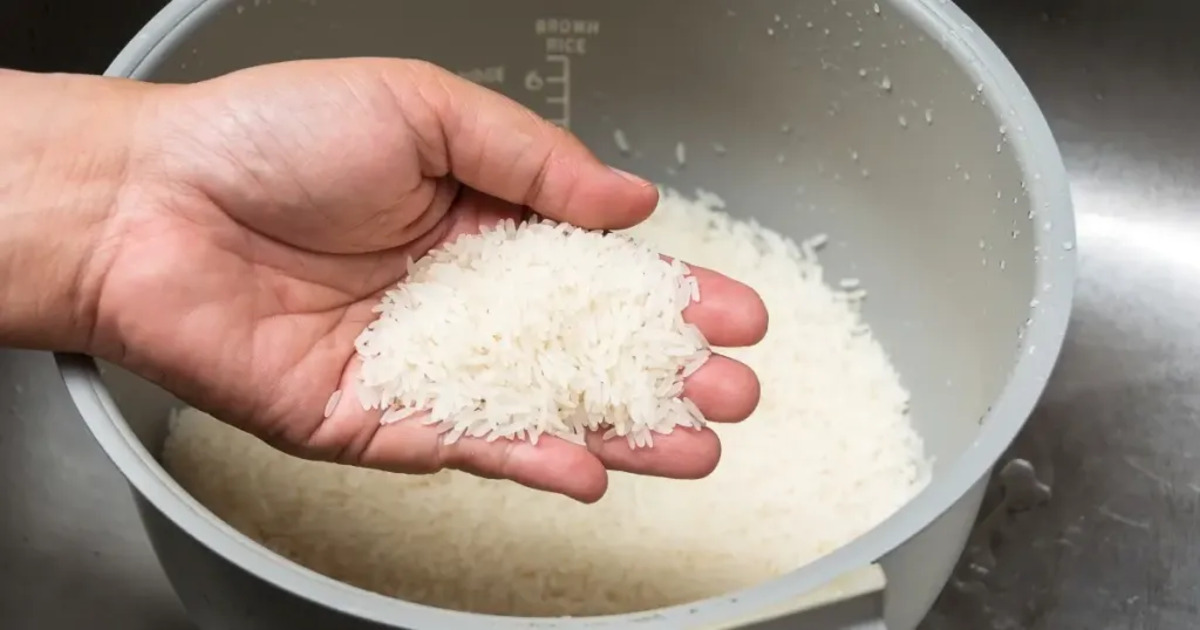

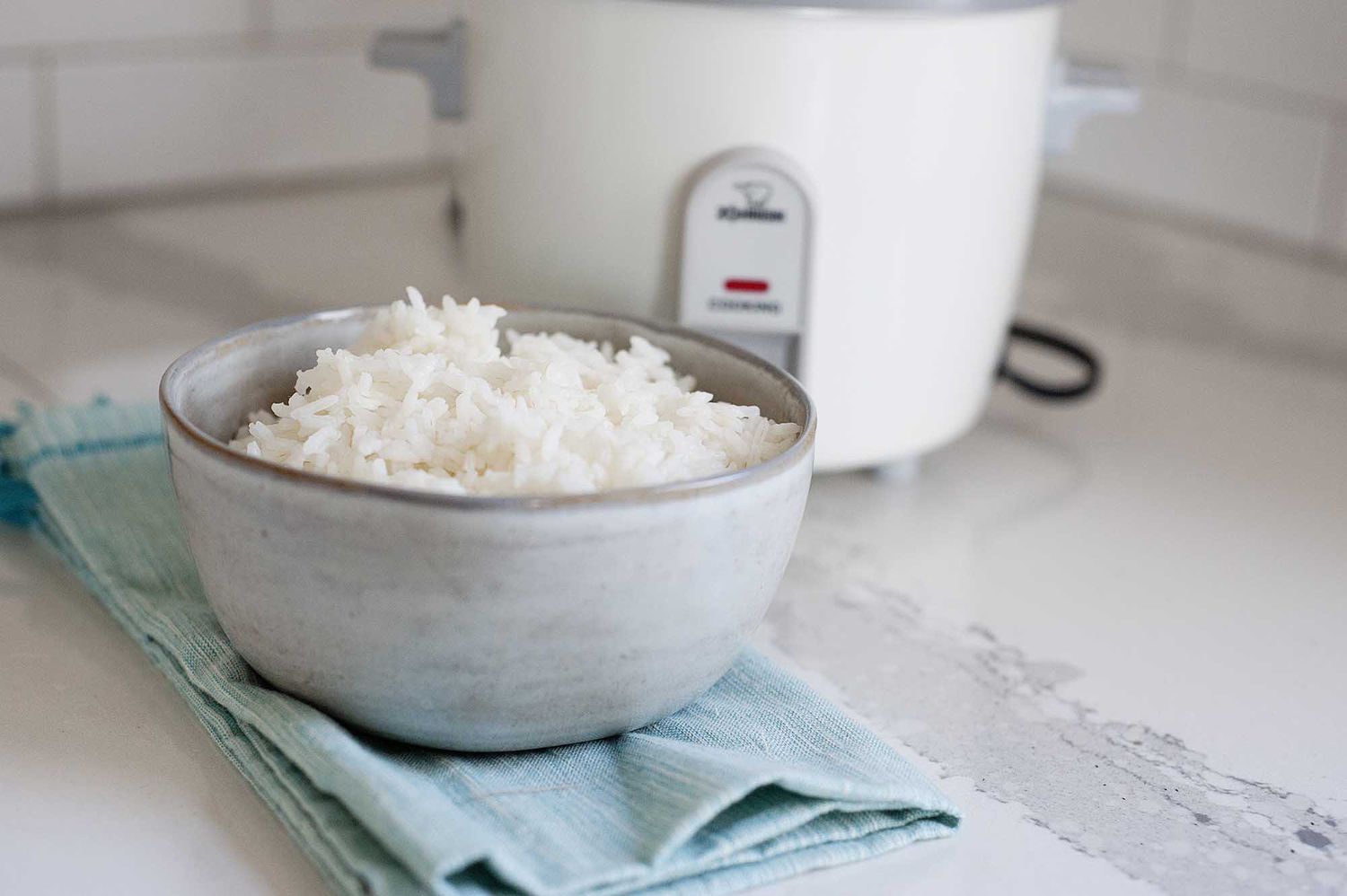

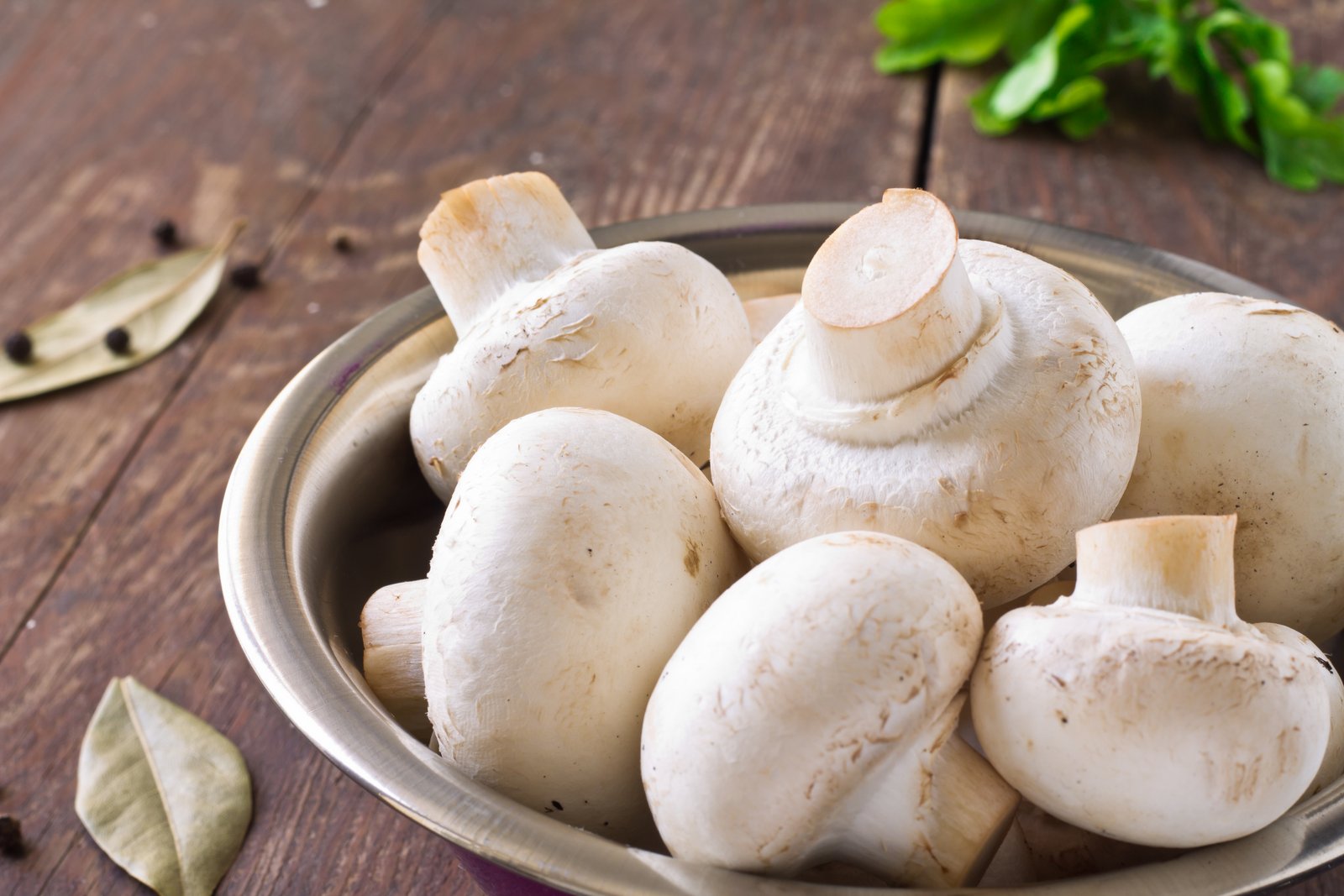
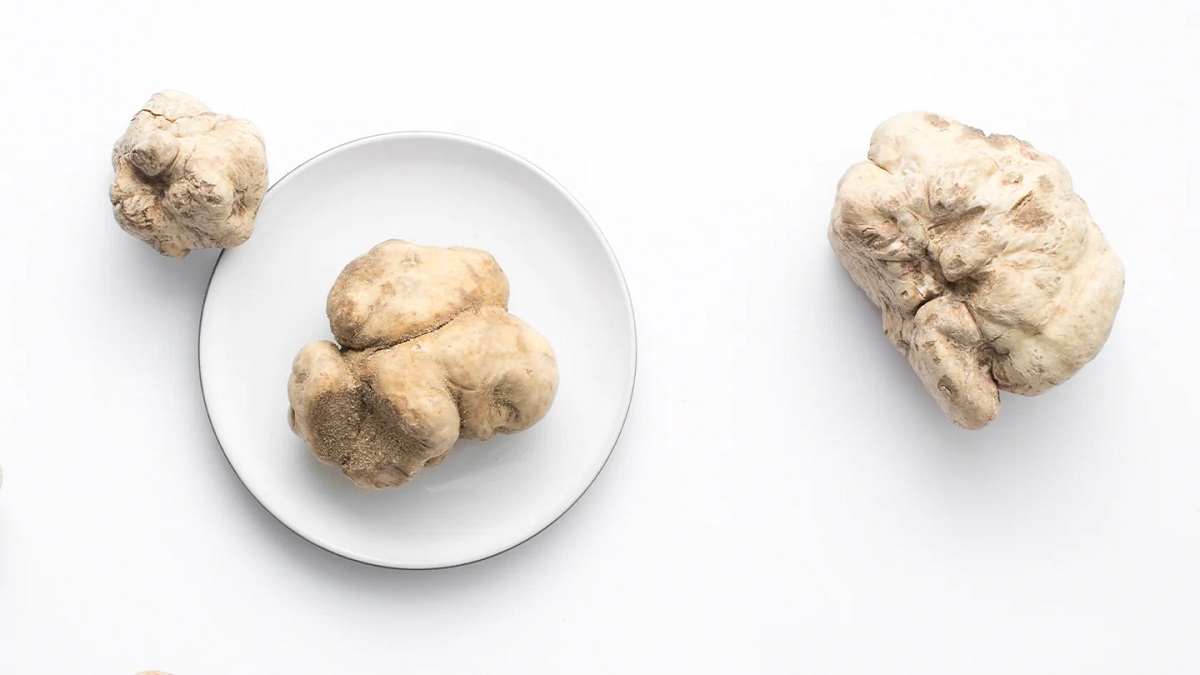



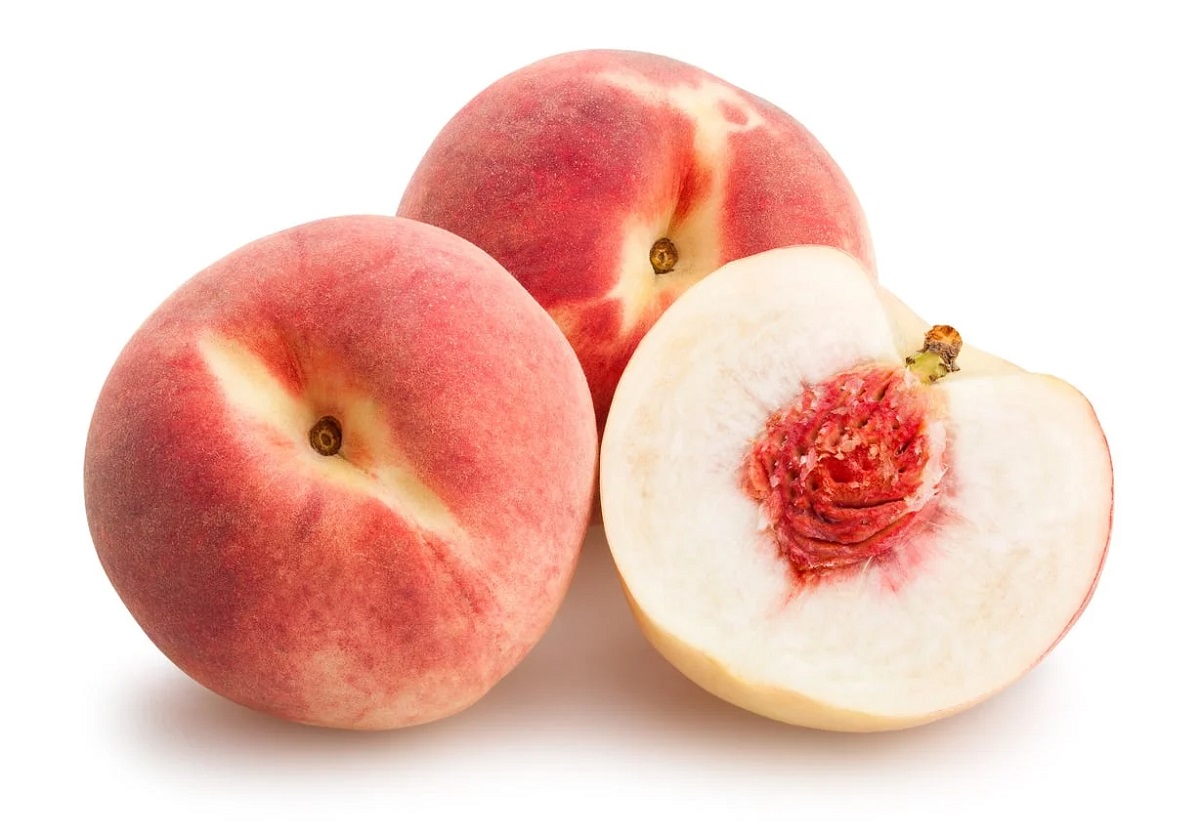
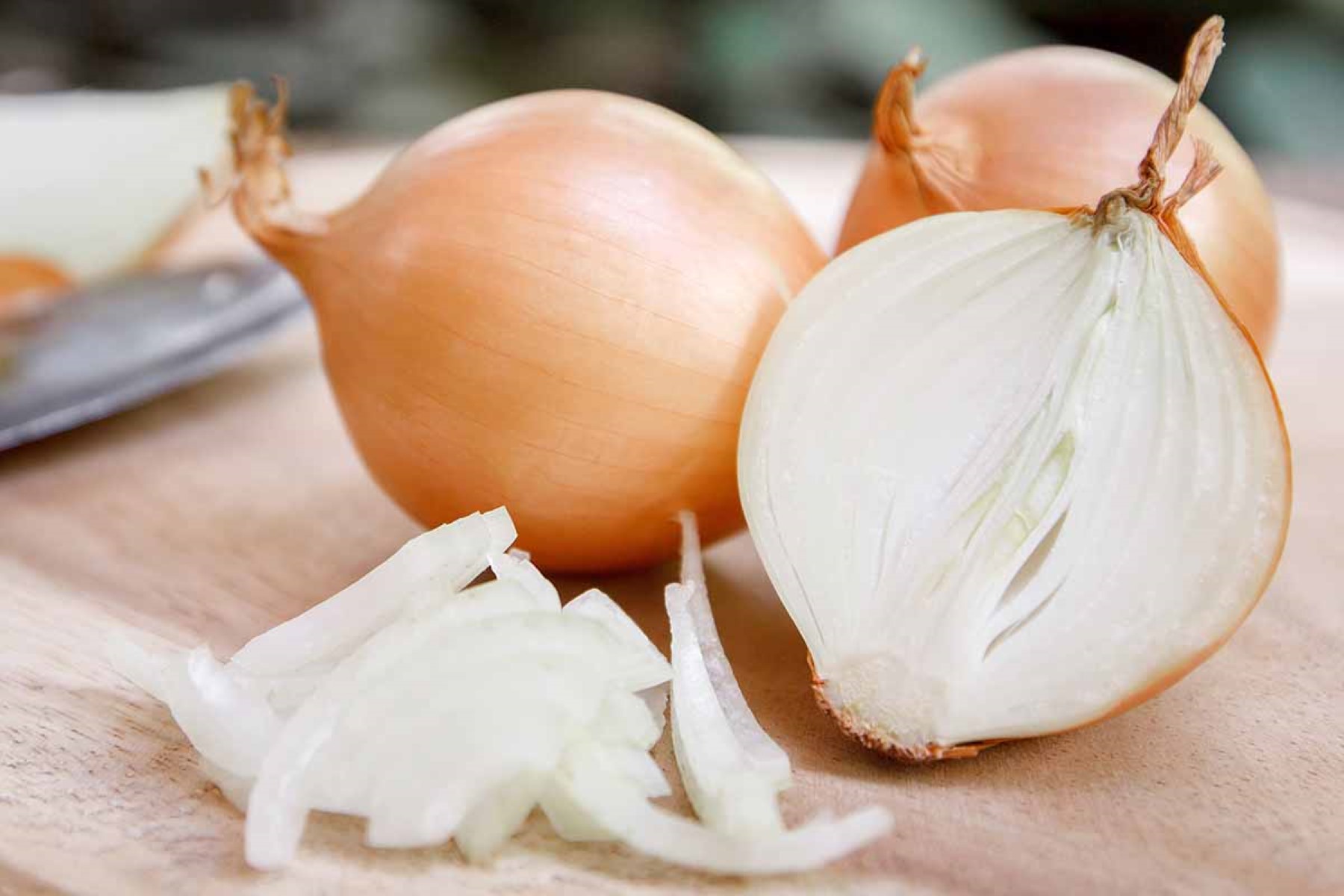




0 thoughts on “How To Store White Rice”